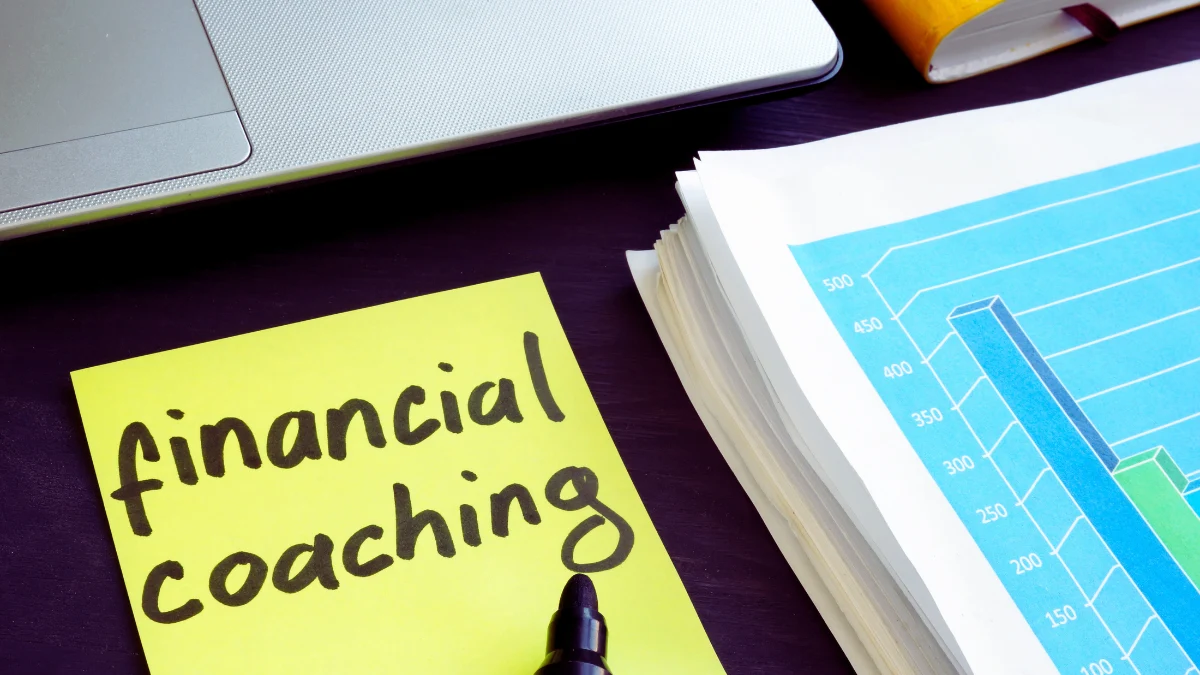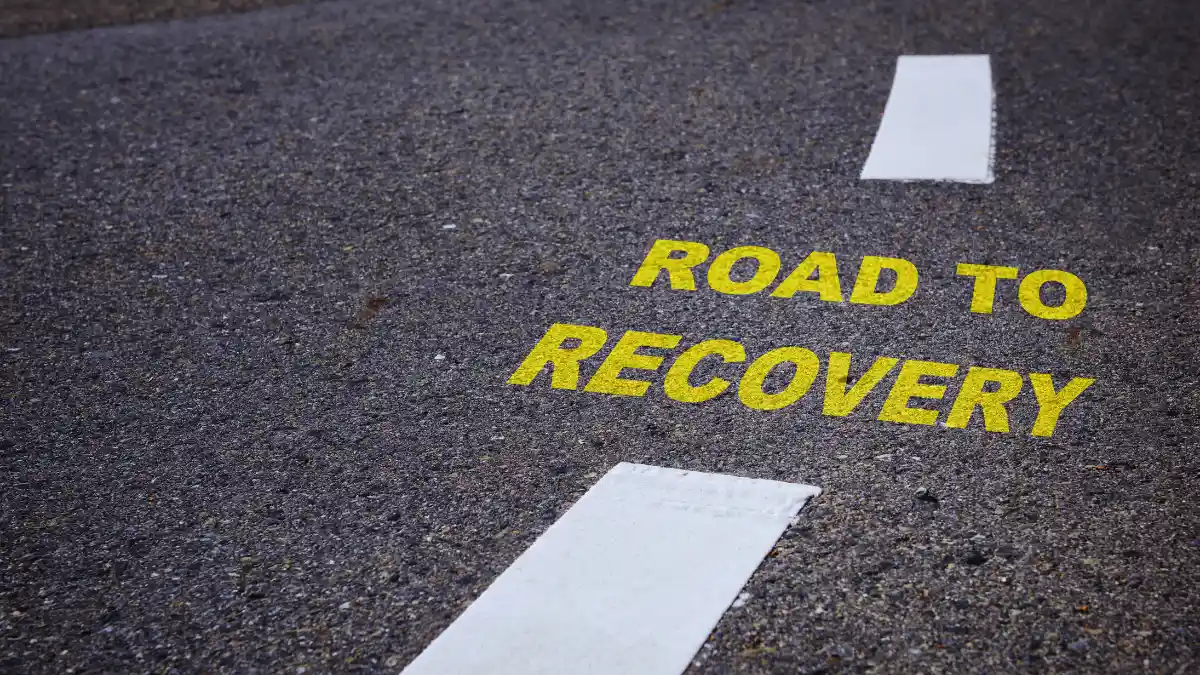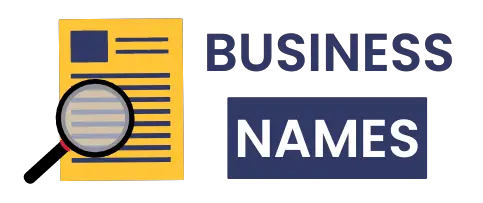The text message from my bank felt like a punch to the gut.
Balance: $3,247.
Six months before, I had $28,000 sitting in that account. I wasn’t rich. But I had saved for three years. I felt proud.
Then I made five stupid mistakes. Each one seemed smart at the time. Each one came from advice that sounded credible. And each one cost me money I’ll never get back.
You’re reading this because you’ve either lost money to bad advice or you’re scared you might. Maybe someone promised you easy returns. Maybe a coach said they’d change your life. Maybe TikTok made something look simple.
I get it. I was you.
Here’s what I learned after throwing away $25,000. These aren’t theories. This is what actually happened to my bank account.
The $25,000 Breakdown: Where My Money Actually Went

Let me show you the exact numbers.
Crypto “investment” I didn’t understand: $8,500
Overpriced financial coaching program: $4,200
Social media “business opportunity”: $6,800
Insurance I didn’t need: $3,200
Tax penalties from bad moves: $2,300
Total damage: $25,000
This happened over 14 months. Not overnight. That’s what made it so easy to ignore.
I’d lose $2,000 here. Then $1,500 there. Each time, I told myself it was a learning experience. Each time, I believed the next thing would work.
It didn’t.
The worst part wasn’t the money. I realized I’d ignored every red flag. The signs were there. I just didn’t want to see them.
Let me break down each mistake. Maybe you’ll spot yourself in one of these stories.
Mistake #1: Investing in What I Didn’t Understand (Cost: $8,500)

March 2023.
I’m sitting at my kitchen table watching a YouTube video for the third time. The guy in the video drives a Lamborghini. He’s explaining how he made $40,000 in one month trading crypto.
“It’s not gambling,” he says. “It’s understanding market patterns.”
I didn’t understand market patterns. But I wanted to.
He’s selling a course for $297. The comments are full of people saying it changed their lives.
I bought the course.
Then I bought the crypto he recommended. $5,000 worth.
Then I followed his “advanced strategy” and bought more. Another $3,500.
Here’s what I didn’t know:
The YouTuber made money from affiliate links and course sales. Not from crypto trading. When I checked later, his Lamborghini was rented for the video shoot.
The comments? Half were fake. The other half were from people who hadn’t made money yet but hoped they would.
The “market patterns”? Random guesses dressed up in technical language.
Within four months, my $8,500 turned into $1,200. I sold at a massive loss.
The red flags I missed:
- Guaranteed returns. No real investment promises specific gains.
- Urgency. “Limited spots available” means they want you to buy before you think.
- Lifestyle proof. Cars and houses don’t prove financial success. They prove good marketing.
- Complex language. If you can’t explain an investment to a 10-year-old, you don’t understand it.
What I should have done:
Before investing a single dollar, I should have asked three questions:
- What exactly am I buying?
- How does it make money?
- What could go wrong?
I couldn’t answer any of them. That should have stopped me.
Mistake #2: Paying for Overpriced Financial “Coaching” (Cost: $4,200)

Instagram showed me an ad in May 2023.
A woman in her 30s, standing in front of a nice house. The caption said: “I paid off $50,000 in debt in 18 months. Let me show you how.”
I clicked. Her sales page was full of testimonials. Real people with real photos. They all talked about how she changed their lives.
The coaching program costs $3,500 for six months. Plus $700 for “bonus materials.”
I paid it.
Here’s what I got:
- Six group Zoom calls with 40 other people
- A budgeting spreadsheet I could have found free online
- “Mindset work” was just motivational quotes
- Access to a Facebook group
Here’s what I could have gotten for free:
Everything.
The budgeting advice? It was the same 50/30/20 rule that’s in every free article online. The debt payoff strategy? Dave Ramsey’s debt snowball method. You can learn it in five minutes on YouTube.
The testimonials were real. But they were from people who succeeded by working hard and spending less. Not because of her program. They would have succeeded anyway.
The red flags I missed:
- Vague promises. “Transform your finances” doesn’t mean anything specific.
- High-pressure sales tactics. “Only 3 spots left” is usually a lie.
- No credentials. She wasn’t a licensed financial advisor. Just someone who paid off debt.
- No refund policy. Real professionals stand behind their work.
What I should have done:
Started with free resources. The library. YouTube. The r/personalfinance wiki on Reddit. If I still needed help after that, I could have paid a one-time fee to a real financial planner.
Cost: $0 to maybe $200.
Mistake #3: Following “Get Rich Quick” Social Media Advice (Cost: $6,800)

July 2023.
TikTok shows me videos of people making thousands of dollars with “Amazon FBA.” That’s Fulfillment by Amazon. You buy products cheaply, send them to Amazon, and they sell them for you.
Easy, right?
The videos show bank accounts with huge balances. They show boxes of products. They show “passive income” rolling in.
I bought a course for $1,500 to learn the “right way” to do it.
Then I spent $5,300 on inventory. The course is said to start with at least $5,000 in products.
Here’s what they didn’t mention:
- Amazon’s fees ate 30% of every sale
- My products had to compete with 500 other sellers
- Returns cost me money
- Storage fees added up fast
- The “profitable” products in the course were already saturated
After three months, I’d made $1,100 in sales. Sounds good?
After fees, shipping, returns, and storage, I’d actually lost $2,400. I still had $3,000 worth of products sitting in an Amazon warehouse. I eventually sold them at a loss just to stop paying storage fees.
Total loss: $6,800.
The red flags I missed:
- Selective truth. The videos showed wins. Never lose.
- Hidden costs. The course mentioned fees but downplayed them.
- Survivorship bias. I only saw successful people. Not the 90% who failed.
- Paid promotion. Many “success stories” were affiliates earning commissions.
What I should have done:
Started small. Tested with $500, not $5,300. Read the negative reviews, not just the positive ones. Talked to people who failed, not just people trying to sell me something.
Mistake #4: Buying Insurance I Didn’t Need (Cost: $3,200)

September 2023.
A friend introduced me to his “financial advisor.” Free consultation. No pressure.
The advisor was nice. Professional. He asked about my family, my goals, and my income.
Then he showed me a whole life insurance policy. It would “build wealth” while protecting my family. Only $310 per month.
I’m single. No kids. No one depends on my income.
But he made it sound smart. “Start building cash value now,” he said. “You can borrow against it later.”
I signed up. Paid for 10 months before I learned the truth: $3,100 in premiums. My “cash value”? $180.
Here’s what he didn’t tell me:
The first two years of payments mostly go to his commission. Not my savings. A term life insurance policy would have cost me $25 per month for more coverage. The extra $285 per month? I could have invested it myself.
The red flags I missed:
- Commission-based advice. He got paid when I bought. Not when I did well.
- Complex when simple works. Whole life insurance is complicated. Term life is simple. Simple is usually better.
- Solving a problem I didn’t have. I didn’t need life insurance at all. I needed an emergency fund.
What I should have done:
Asked one question: “Are you a fiduciary?”
Fiduciaries are legally required to put your interests first. This guy wasn’t. He was a salesman.
Mistake #5: Ignoring Tax Implications of “Smart” Moves (Cost: $2,300)

November 2023.
I’m stressed about money. I’ve lost $15,000 at this point. I need cash.
I remember I have $8,000 in a Roth IRA from an old job. A financial influencer on Twitter said, “Your money should work for you, not sit in an account.”
I withdrew it. All of it.
Instant cash, right?
Wrong.
I didn’t know about early withdrawal penalties. I was 29. You have to be 59½ to withdraw earnings without penalties.
April 2024. Tax time.
I owed $1,600 in penalties. Plus another $700 in taxes I wasn’t expecting because of the crypto sales and Amazon business income I didn’t track properly.
Total: $2,300 I didn’t have.
I’m now on a payment plan with the IRS.
The red flags I missed:
- Short-term thinking. I needed money now. I didn’t think about later.
- Ignoring the rules. Retirement accounts have rules for a reason.
- Not asking a professional. A CPA would have cost $150. It would have saved me $2,300.
What I should have done:
Call a tax professional before making any move involving retirement accounts. Asked about consequences. Waited 24 hours before deciding.
The Red Flags I Ignored (And You Should Watch For)

After losing $25,000, I made a list.
These are the warning signs that scream “bad advice.” If you spot even two of these, walk away.
1. Guaranteed Returns
“You’ll definitely make 30% per year.”
No. Real investments have risk. Anyone promising guaranteed high returns is lying or selling something illegal.
What to do instead: Ask “What could go wrong?” If they can’t give you risks, they’re hiding something.
2. Pressure and Urgency
“This opportunity closes tonight.”
“Only 5 spots left.”
“You have to decide now.”
These are sales tactics. Good financial decisions take time. Anyone pressuring you wants your money before you think clearly.
What to do instead: Say “I need a week to think about it.” Watch what happens. If they get pushy, that’s your answer.
3. No Clear Credentials
“I made millions and now I’ll teach you.”
That’s not a credential. Real financial professionals have licenses you can verify. CFP (Certified Financial Planner). CFA (Chartered Financial Analyst). RIA (Registered Investment Advisor).
What to do instead: Ask for their credentials. Then check them at brokercheck.finra.org. Takes 2 minutes.
4. Lifestyle Proof Instead of Real Proof
Cars. Houses. Watches. Vacations.
These prove nothing. You can rent a Lamborghini for $1,000 a day. You can film in front of any house. You can fake bank account screenshots.
What to do instead: Ask for audited results. Verifiable track records. If they can’t provide them, they’re selling a dream, not reality.
5. Testimonials That Sound Too Perfect
“I made $10,000 my first month!”
“This changed my entire life!”
“I paid off all my debt in 3 weeks!”
Real testimonials include struggles and realistic timelines. Perfect testimonials are often fake or cherry-picked from the 1% who got lucky.
What to do instead: Look for negative reviews. Check the Better Business Bureau. Search “[their name] scam” on Google. Read what critics say.
6. No Fiduciary Duty
This is huge. A fiduciary must legally put your interests first. Most salespeople aren’t fiduciaries. They can recommend products that pay them the highest commission, even if better options exist.
What to do instead: Ask directly: “Are you a fiduciary?” Get it in writing. If they say no or dodge the question, leave.
7. It Sounds Too Good to Be True
“Make money while you sleep.”
“This one simple trick.”
“No effort required.”
If it were that easy, everyone would be rich. Building wealth takes time, discipline, and usually some work.
What to do instead: Trust your gut. If something feels off, it probably is.
How to Check Financial Advice in 2025

I created a system after losing everything. It takes 15 minutes. It’s saved me thousands.
Here’s exactly what I do now before following any financial advice.
Step 1: Check Their Credentials (3 minutes)
Go to these websites:
For financial advisors: brokercheck.finra.org
For investment advisors: adviserinfo.sec.gov
For financial planners: letsmakeaplan.org
Type in their name. You’ll see:
- Their licenses
- Their work history
- Any complaints against them
- Any disciplinary actions
If they’re not in these databases, they’re not licensed. Don’t work with them.
Step 2: Verify Fiduciary Status (2 minutes)
Ask them directly: “Are you a fiduciary?”
The answer should be “yes” with no hesitation. If they say:
- “I work in your best interests” (not the same thing)
- “Let me explain how it works” (dodging the question)
- “Most of the time” (means no when it matters)
Walk away.
Step 3: Understand How They Get Paid (3 minutes)
Ask: “How do you make money?”
Good answers:
- “Flat fee per hour” ($150-$400 is normal)
- “Percentage of assets managed” (usually 1%)
- “Fixed fee per plan” ($1,000-$3,000 for a full financial plan)
Bad answers:
- “I get paid by the companies whose products I recommend” (major conflict of interest)
- “My services are free” (no, they’re paid by commission)
- They don’t want to tell you (huge red flag)
Step 4: Ask What Could Go Wrong (2 minutes)
Any investment has risks. Ask: “What are the downsides of this advice?”
If they can’t list at least three specific risks, they either don’t understand it or they’re hiding something.
Step 5: Get a Second Opinion (5 minutes to schedule)
Before making any major financial decision:
- Post your situation on r/personalfinance (anonymous and free)
- Ask a trusted friend who’s good with money
- Pay for one hour with a fee-only financial planner
Cost: Free to $300.
Potential savings: Thousands.
A second opinion saved me last year. Someone recommended I refinance my car loan at a “great rate.” I posted on Reddit. Five people immediately said it was a scam. The “lender” had fake reviews and wasn’t licensed in my state.
My Recovery Plan: Rebuilding From $3,247

Standing at $3,247 felt like starting over. But I had one advantage: I knew what not to do. Here’s my 18-month recovery in real numbers:
Months 1-3: Stop the bleeding
- Canceled coaching program (saved $700)
- Canceled whole life insurance (got $180 back)
- Cut all subscriptions I wasn’t using
- Found $340/month in forgotten charges
- Reduced groceries to $200/month by cooking everything
- Total saved: $1,800
Months 4-6: Build a tiny emergency fund
- Goal: $1,000 (not the typical 3-6 months)
- Why $1,000? Research from the Urban Institute shows households with just $250-$749 in savings are significantly less likely to face hardship
- Put aside $300/month
- Hit goal: Month 6
Months 7-12: Learn for free
- Read “The Simple Path to Wealth” (library card)
- Studied r/personalfinance wiki (free)
- Joined Bogleheads forum (free)
- No courses, no influencers, no paid programs
- Cost: $0
Months 13-18: Start investing the right way
- Opened Roth IRA at Vanguard
- Invested $200/month in one thing: total stock market index fund
- No crypto, no individual stocks, no trading
- Total invested: $3,600
- Current value: $3,890 (gained $290)
Where I am today (Month 18):
- Emergency fund: $2,200
- Roth IRA: $3,890
- Checking: $1,800
- Total: $7,890
I’m not back to $28,000 yet. But I’m moving forward. And this time, every dollar is money I actually understand.
The Best Financial Advice Is Usually Free (And Boring)

Here’s what nobody tells you: The best financial advice doesn’t make good content.
What gets clicks vs. what actually works:
- “I made $40,000 in one month” gets clicks → “Save 20% of income” works
- “Secret trading strategy” sells courses → “Buy index funds and wait” builds wealth
- “Quit your job and follow your dreams” goes viral → “Spend less than you earn” changes lives
After wasting $25,000, I learned something simple: Boring works. Exciting loses money.
The five rules that actually work:
- Spend less than you earn
- Save at least 20% of your income
- Keep 3-6 months of expenses in savings
- Invest the rest in low-cost index funds
- Don’t touch it for 30 years
That’s it. Not exciting. But effective.
Free resources that taught me more than $4,200 in coaching:
- Khan Academy Personal Finance (free online course)
- r/personalfinance wiki (complete guide to everything)
- Your local library (books by John Bogle, JL Collins)
- Bogleheads forum (answers to any question)
- Choose FI podcast (free)
- Money Guy Show on YouTube (free)
Total cost: $0
I spent $4,200 on coaching that taught me the 50/30/20 rule. I could have learned it in 5 minutes on YouTube. The expensive advice made me feel special. The free advice actually helped.
Why do we ignore boring advice?
- Our brains chase excitement
- We look for shortcuts
- We want to believe we’re smarter than average
- Boring doesn’t make good party conversation
But the people who build real wealth aren’t smarter. They’re just more boring. And boring would have saved me $25,000.
What to Do Right Now

You’ve read about my mistakes. Here’s your action plan:
If you’re about to make a financial decision:
- Stop. Wait 48 hours.
- Ask yourself four questions:
- Do I understand exactly what I’m buying?
- What’s the worst that could happen?
- Can I afford to lose this money?
- Who benefits if I say yes?
- If you can’t answer all four, don’t do it
If you’ve already made a mistake:
- Breathe. You’re not alone.
- Stop losing more money right now
- Cancel the program, sell the investment, cut the loss
- Don’t throw good money after bad
- Make a plan starting with $1,000 in savings
If you’re starting fresh:
- Open a high-yield savings account today
- Put $50 in it (that’s your emergency fund)
- Add to it every month
- At $1,000, open a Roth IRA
- Start with $100/month if that’s all you can do
- Buy a total stock market index fund
- Then forget about it
The lessons that cost me $25,000:
- Nobody cares about your money as much as you do
- Complexity is usually a con
- Your ego will cost you money
- If you don’t understand it, don’t invest in it
- Time beats tricks every time
I’m 31 now. I have $7,890 instead of $28,000. But I know more than I did. And I’m not making the same mistakes.
If you’re excited about an opportunity right now, ready to invest, sure this is the one—please pause. Ask yourself: Would I still do this if it took 30 years to work?
If the answer is no, it’s probably not worth doing at all.
Don’t follow financial advice just because someone sounds confident. Not even mine. Check everything. Trust nothing. Move slowly.
Your future self will thank you.
